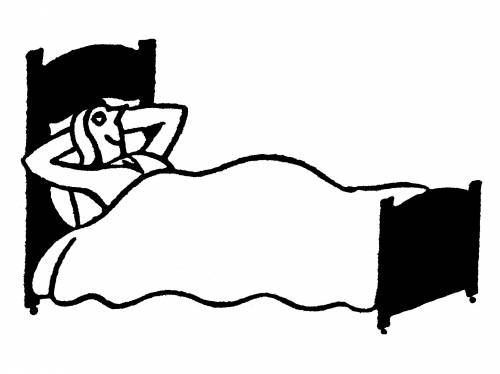If health is wealth, the Oura ring endeavors to be the trust fund that you wear around your finger. A band of titanium that costs two hundred and ninety-nine dollars (more if you want it in gold), Oura (sounds like “aura” ) tracks body temperature and movement to measure the quality of your sleep. The ring synchs with an app and, each morning, delivers personalized sleep and “readiness” scores of between zero and a hundred. Factors considered include: Tossing and turning. Trips to the bathroom. Staying up past what Oura decrees is your ideal bedtime on any given night (sometimes 7 P.M.), blue-light exposure (bad), and alcohol consumption (worse, so much worse).

“I’ve never gotten a hundred,” Harpreet Singh Rai, the departing C.E.O. of Oura, said the other day, via a video call. He wore a black sweater, a turban, and two Oura rings. (Some employees wear as many as ten. “We try to eat our own dog food—test the latest software,” Rai said.) Behind him: a framed copy of Time’s 100 Best Inventions of 2020 issue, with Oura on the cover.
Oura was actually invented in 2013, in Finland; Rai, who was then working at a Manhattan hedge fund, was an early Kickstarter backer. “It was the first wearable that I kept wearing consistently, without missing a day, for more than three weeks,” he said. One day, in line at Whole Foods, Rai’s girlfriend noticed a guy wearing an Oura T-shirt. “Turns out, he’s one of the co-founders, and he’s in town for a conference,” Rai said. “He looks at my ring and goes, ‘That’s the first one I’ve seen outside the office.’ ” Rai became Oura’s C.E.O. in 2018 and stepped down in December.
These days, the people vying for A’s from their Ouras include Kim Kardashian and Gwyneth Paltrow, who have posted their report cards to Instagram. (After Kardashian posted a readiness score of ninety-five, Paltrow shared her own “lame ass score” of eighty-one, along with a recommendation from the app: “Your body temperature is slightly elevated, but your readiness is at a nice level. How about making time for one fun thing today to boost your energy?”) Other Oura adherents: the N.B.A., which offered its players rings for the league’s quarantine bubble; corporations intent on spotting potential illness and luring workers back into the office; and the “Succession” character Kendall Roy (“almost too on the nose,” a viewer commented on Twitter).
Oura is eager to win over women. Caroline Kryder, who leads science communications for the company, recently held a Zoom meeting to discuss how to insure that women don’t think of the ring only as a sleep tracker, when, in fact, it has “all these women’s-health applications.” For instance, Oura can help a woman predict her next period based on body-temperature fluctuations. A slide on the screen read “Bust the 28 day myth!”
“Is it primarily temperature?” Samir Sheth, the vice-president of content and digital partnerships, asked. “Or are there other biomarkers?”
There were: heart-rate variability, respiratory rate, and resting heart rate. Kryder mentioned a pregnancy study that Oura conducted with the University of California, San Diego. The use of such antiquated technologies as oral thermometers was derided.
“I’m thinking back on my own pregnancies, and how, every day, it’s a question of, ‘Am I normal?’ ” Neta Gotlieb, an Oura research scientist, said. “There are lots of apps saying, ‘This week, your baby is the size of a lemon.’ What about the person carrying the baby?”
More studies, more graphs, more discussion about how to make users care about changes in body temperature, even if they’re of the Kendall Roy persuasion. Kristina Masalin, a product manager, said, “Body-temperature changes can be a sign of strain, and it may be harder for you to reach peak performances, especially physical ones, on days when your temperature is above your baseline.”
Karina Kogan, Oura’s chief marketing officer, commented, “It’s not just about, like, ‘Do you have a tampon in your handbag?’ ” She offered a personal example. “I’m always cold,” she said. “I didn’t realize until recently, in part because of Oura, that estrogen reduces blood flow to your extremities. So, if you have a high level of estrogen, you will be cold.” She went on, “People are, like, ‘Why are you wearing eighty-six layers?’ The answer is: ‘I have a lot of estrogen.’ ”
“Weather forecast,” Gotlieb said. “Estrogen is high today.”
“It would be amazing if you got a little notification,” Kryder said. “ ‘Here’s this wool blend that we suggest for you today, based on your estrogen.’ ”
A participant asked why Oura’s temperature graphs are sometimes rendered in green, rather than in the traditional red. “Green is obviously going to make you feel like it’s not negative,” Sheth said. “It’s another form of tonality.” ♦
Sourse: newyorker.com

